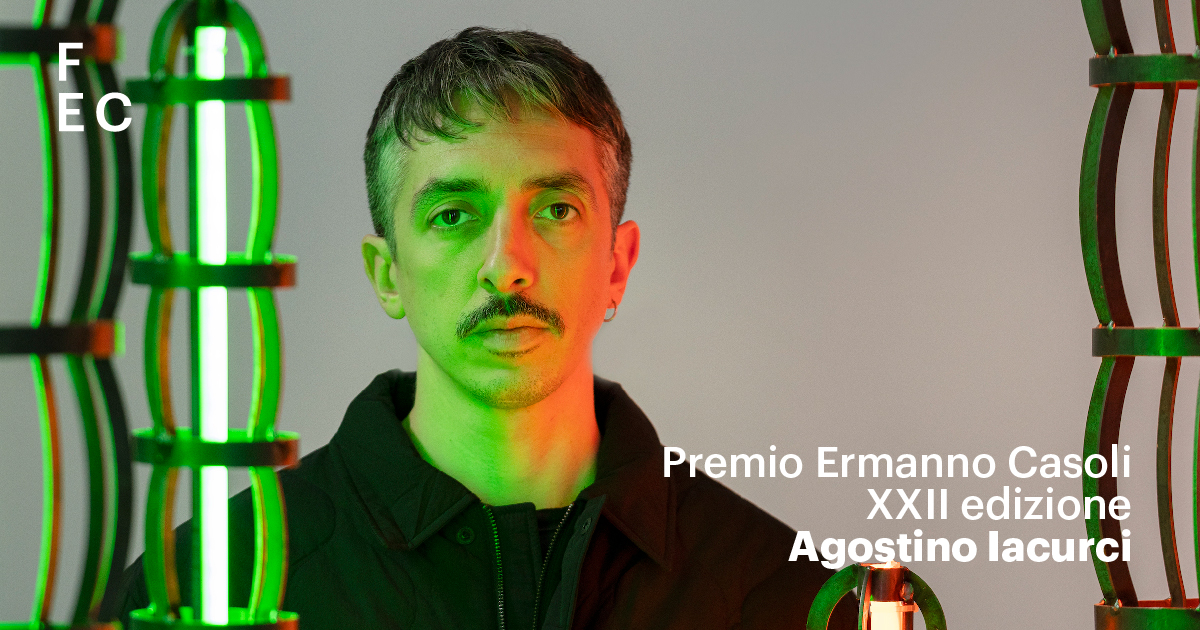The Fondazione Ermanno Casoli announces the winning artist of the 22nd edition of the Ermanno Casoli Award: the important recognition in the field of contemporary art in Italy has been awarded to Agostino Iacurci (Foggia, 1986) who will create a site-specific work of art for the AIRFORCE headquarters in Cerreto D’Esi (AN), a company belonging to the Elica group.
In the words of Marcello Smarrelli, Artistic Director of the Fondazione Ermanno Casoli: “Agostino Iacurci has created his own highly personal style with which he represents reality and the landscape in particular. In addition to his highly expressive style, a fundamental element of Iacurci’s practice is his aptitude for relationships, which makes him happily inclined to share the creative process with heterogeneous groups of people’.
In his artistic practice, Agostino Iacurci uses painting, sculpture, drawing, light and sound, heterogeneously combining the various media to create immersive installations that intimately dialogue with places, visionary spaces in which stories, personal memories, literary references and vernacular tales freely converge. His large-scale pictorial interventions, which have decreed his international success, take the form of expanded painting interventions, an original reinterpretation of the so-called ‘talking architecture’.
Agostino Iacurci has been invited to devise a project for AIRFORCE ‘s new plant which, as characteristic of the Ermanno Casoli Award, stems from a training need identified within the company in collaboration with the Human Resources function: after Elica’s complete takeover and the relocation of its headquarters from Fabriano to Cerreto D’Esi, AIRFORCE people needed to recreate the compactness, energy and spirit of sharing that have always characterised the company, but also to offer its workers a welcoming and familiar place.
The intervention will be the result of a series of actions that will involve the entire company population – around 100 managers, clerks and workers – without any distinction of organisational hierarchy, with the aim of transforming a large portion of the plant, currently used as a transit area, into a place for employees to rest and meet.
